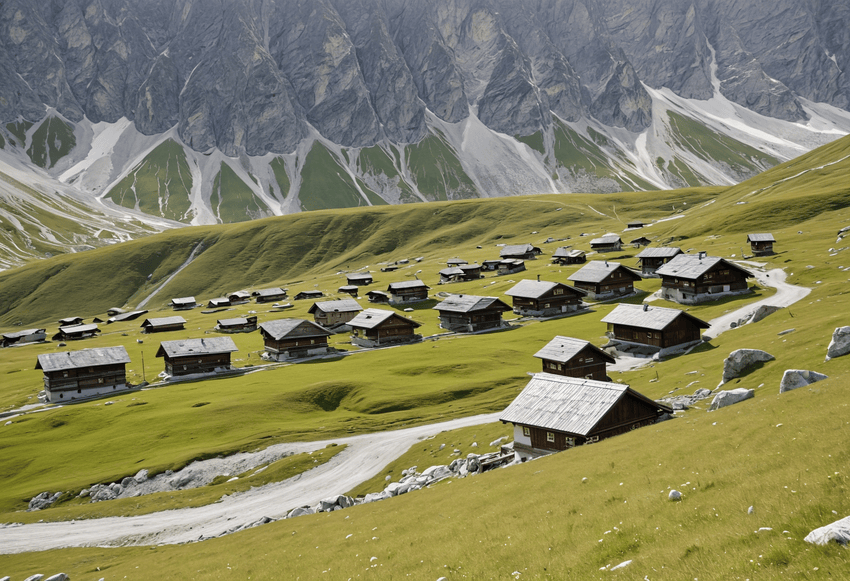Friday, November 8, 2024 Austria’s alpine huts and trail networks, essential for its tourism and outdoor adventure sectors, are facing increasing challenges due to climate change. The thawing of permafrost, which has long bound rocks and stabilizes mountain paths, has severely impacted both alpine infrastructure and safety. The historic Zittel hut in the Salzburg region, perched atop the Hoher Sonnblick mountain, is a symbol of Austria’s alpine culture but has become emblematic of the mounting challenges facing Austria’s mountain refuges and trails as warming temperatures threaten their stability and accessibility.
Austria’s alpine terrain has seen accelerating rates of glacier melt and permafrost thaw, significantly affecting the mountain’s structure. Warmer temperatures cause permafrost—ice that remains in soil or rock year-round—to destabilize, causing giant slabs of rock to lose cohesion. Georg Unterberger, head of mountain refuges and trails for the Austrian Alpine Club, explains that the severity of these changes is evident in deep cracks appearing in the foundations of century-old huts like Zittel.

When Unterberger describes the need for immediate action, he points to these cracks, where the damage is so extensive that “a hand fits into them.” The 50,000 kilometers of alpine trails weaving through Austria’s mountainous terrain are also impacted. The instability caused by melting permafrost has led to increased occurrences of sudden rockfalls and lan.
























